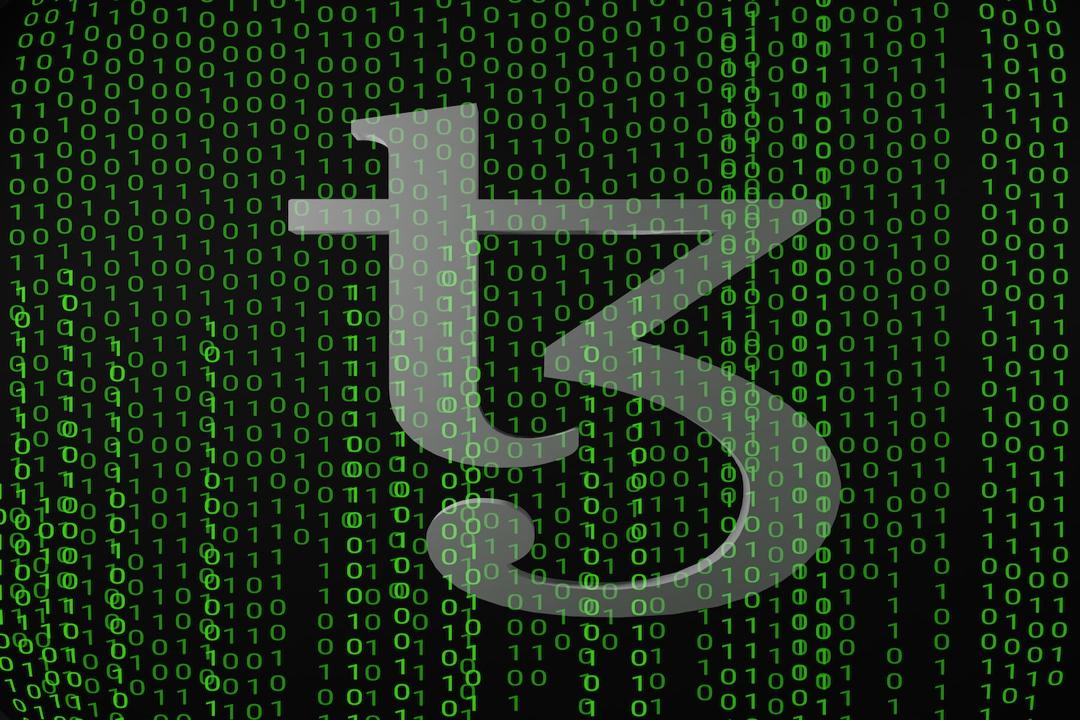This article discusses eight major trends for the future of DeFi, revealing its impact on traditional finance and the opportunities for innovation. The article is sourced from an article written by Vincent Maliepaard, the Market Director of Into TheBlock, and compiled and translated by Blockchain Knight.
(Introduction: SmartCon Focuses on Interoperability: DeFi / TradFi Giants Share Future Integration Vision and 3 Major Obstacles to Overcome)
(Background: RootData’s “2024 Asia Pacific Web3 Early Investor Survey Report”: DeFi is the Most Underrated Track Currently)
DeFi is driving one of the most active waves of innovation in decades. While some may consider DeFi as a mature industry, it is still rapidly evolving and continuously introducing tools that have the potential to redefine traditional finance.
Let’s take a look at some of the most promising developments in DeFi and the protocols at the forefront of this transformation.
Automated Market Makers (AMMs) for yield are introducing groundbreaking approaches to managing and trading yields. Protocols like Pendle Finance separate the generated yield from the principal value of assets, allowing investors to speculate or hedge future yields without selling the underlying assets. This opens the door to new trading strategies, reshapes the way investors handle interest rate risks, and brings greater flexibility and liquidity to fixed-income investment portfolios. Yield AMMs are at the forefront of optimizing capital efficiency, unleashing risk-adjusted returns that were previously unattainable by traditional finance.
As DeFi becomes more complex, yield aggregators are becoming essential tools for maximizing returns while minimizing complexity. Platforms like Yearn Finance automatically optimize yields by identifying the best opportunities across various protocols, reducing the need for users to manually manage multiple positions. In terms of abstraction, these new protocols make it easier for participants to interact with the DeFi system without requiring extensive technical knowledge. These tools collectively break down entry barriers, making DeFi more intuitive and accessible to both ordinary users and institutional participants seeking efficient, hands-off solutions.
Derivatives trading in DeFi is gaining momentum as lending services are directly integrated into decentralized exchanges (DEXes). Platforms like dYdX and Synthetix are leading the way by allowing traders to engage in derivatives trading or hedge positions using borrowed assets. This creates a seamless experience for sophisticated traders seeking advanced risk management and capital efficiency. With perpetual contracts and synthetic assets, these platforms lay the foundation for deeper liquidity and more complex trading strategies in DeFi, particularly as institutional interest in decentralized markets grows stronger.
Flash loans are one of the most unique features of DeFi, allowing users to borrow large sums of money without collateral, provided they repay the loan within the same transaction. The next step in this area involves flash loan insurance vaults, which enable the execution of complex strategies such as “loops” and “repeated borrowing” with just a click. What used to require specialized technical expertise is now accessible to anyone, making advanced financial strategies more user-friendly. Into TheBlock and some yield aggregators are currently implementing similar structures in their insurance vaults, but applications focused on the public are still in very early stages.
As real-world assets (RWAs) such as real estate, commodities, and stocks are tokenized, the influence of DeFi is expanding beyond the blockchain. Projects like Ondo Finance and institutions like BlackRock’s BUIDL fund are leading this trend, bringing traditionally illiquid assets into the DeFi ecosystem. Tokenizing RWAs unlocks liquidity in previously inaccessible markets, providing new collateral options for DeFi lending and expanding the scope of decentralized finance. This trend is blurring the boundaries between traditional finance and DeFi, attracting institutional capital and expanding the potential of decentralized markets.
DeFi is rewriting credit rules through protocol-based systems that assess creditworthiness using blockchain-native data such as transaction history, staking behavior, and governance participation. This decentralized approach offers a more inclusive credit market, expanding credit channels for individuals and businesses that traditional financial institutions may overlook. By bypassing central banks and traditional credit scoring systems, DeFi democratizes access to capital and creates new lending opportunities for a global audience. While there are currently no mature protocols that provide fully realized solutions in this field, we will inevitably see the emergence of significant applications in DeFi.
DeFi is changing the global business landscape by providing faster working capital through trade and accounts receivable financing. By tokenizing invoices and using them as loan collateral, businesses can access funds more quickly, especially in industries with longer payment cycles. Goldfinch is an example of a DeFi protocol that connects DeFi capital with traditional accounts receivable financing, offering decentralized loans to real-world businesses. This innovation provides a genuine alternative to traditional bank loans, democratizes trade financing, and opens up new liquidity channels for global trade.
Tokenizing intellectual property (IP) assets is an emerging trend with significant potential in the DeFi space. By fractionalizing ownership of patents, trademarks, and copyrights, companies can create new markets for token-supported IP, allowing investors to buy and sell shares of these valuable assets. VitaDAO is one of the pioneers in this field, focusing on collective ownership and tokenization of biomedical intellectual property, particularly in the longevity research field. This approach not only provides novel financing channels for research but also opens up IP investments to a wider audience, making IP assets more liquid and accessible. There are no signs of the innovation cycle in DeFi slowing down. With the tokenization of real-world assets, simplified yield strategies, and the reimagining of credit systems, DeFi is ready to fundamentally change the financial landscape. These trends not only drive growth but also attract more institutional participation, narrowing the gap between traditional finance and the decentralized ecosystem. With the widespread adoption of these innovations, DeFi will continue to push boundaries, unlock new markets, reshape capital flows, and redefine the familiar world of finance. (Image)


